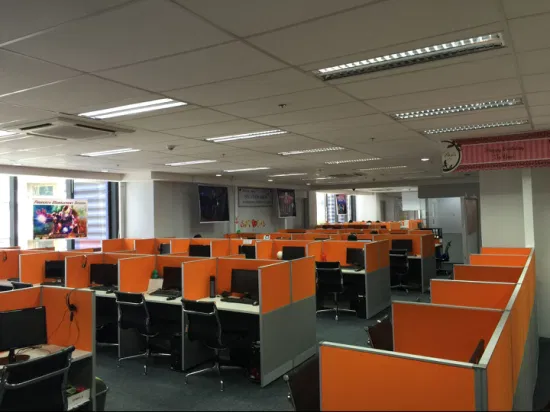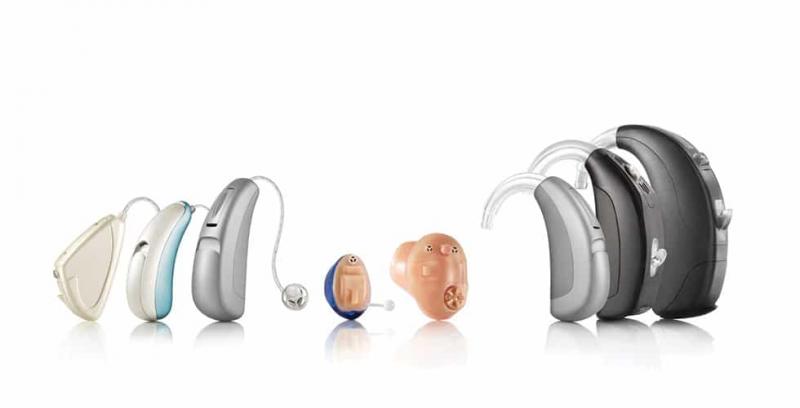The Philippines’ corporate culture, the design of office spaces plays a pivotal role in shaping the work environment. The traditional approach of isolated cubicles is undergoing a transformation, with an increasing emphasis on fostering collaboration and teamwork. This article explores the evolving trends in office cubicle design in the Philippines and how organizations are striving to create a more collaborative and engaging workplace.
Office Cubicles in Philippines:
Historically, office cubicles were Office Cubicles in Philippinessynonymous with partitioned spaces that provided employees with individual workstations, offering a semblance of privacy and focus. However, as businesses recognize the importance of collaboration in driving innovation and productivity, there has been a paradigm shift in office design.
Modern office cubicles in the Philippines are now designed with collaboration in mind. The focus is on creating open, flexible spaces that encourage communication and teamwork while still offering the necessary privacy for focused tasks. This shift reflects a broader global trend towards more agile and collaborative work environments.
Breaking Down Walls:
One of the notable trends in the Philippines’ corporate culture is the adoption of open-concept cubicles. Instead of high, enclosed partitions, organizations are opting for lower cubicle walls or benching systems that promote visibility and accessibility. This design facilitates spontaneous interactions, encourages idea-sharing, and fosters a sense of community among employees.
By breaking down physical barriers, open-concept cubicles contribute to a more transparent and inclusive work culture. This design encourages employees to collaborate on projects, share insights, and build stronger professional relationships, ultimately leading to a more cohesive and productive workforce.
Office Cubicles Partition in Philippines:
While the move towards open-concept cubicles is Office Cubicles Partition in Philippines evident, it’s crucial to strike a balance between collaboration and privacy. Some tasks require focused concentration, and too much openness can lead to distractions. Therefore, organizations in the Philippines are incorporating flexible design elements, such as movable screens or noise-canceling features, to allow employees to customize their workspace based on the nature of their work.
Creating Collaborative Spaces:
Beyond individual workstations, the emphasis on collaboration extends to the creation of dedicated collaborative spaces within the office. Breakout areas, meeting rooms, and communal spaces are designed to facilitate teamwork and brainstorming sessions. These spaces are equipped with modern technology, comfortable furniture, and an inviting ambiance to encourage creativity and engagement.
Innovative Office Furniture and Layouts:
The design of office furniture itself plays a crucial role in shaping a collaborative environment. Ergonomic and modular furniture is gaining popularity, allowing organizations to create adaptable workspaces that can be easily reconfigured to suit different needs. This flexibility ensures that the office layout can evolve along with the changing requirements of the workforce.
Furthermore, incorporating vibrant colors, natural light, and greenery into the office design can contribute to a positive and collaborative atmosphere. Studies have shown that well-designed, aesthetically pleasing workspaces can enhance employee well-being and productivity.
Technology Integration for Seamless Collaboration:
In the digital age, technology is a key driver of collaboration. Office cubicles in the Philippines are now equipped with state-of-the-art communication tools, project management software, and collaborative platforms. This integration allows employees to connect seamlessly, whether they are working in the same office or remotely, fostering a culture of continuous communication and collaboration.
The evolution of office cubicles in the Philippines reflects a broader shift in corporate culture towards collaboration, innovation, and employee well-being. By embracing open-concept designs, flexible layouts, and advanced technology, organizations are creating work environments that inspire creativity, enhance productivity, and promote a sense of community among employees. As the corporate landscape continues to evolve, the design of office spaces will play a crucial role in shaping the future of work in the Philippines.




